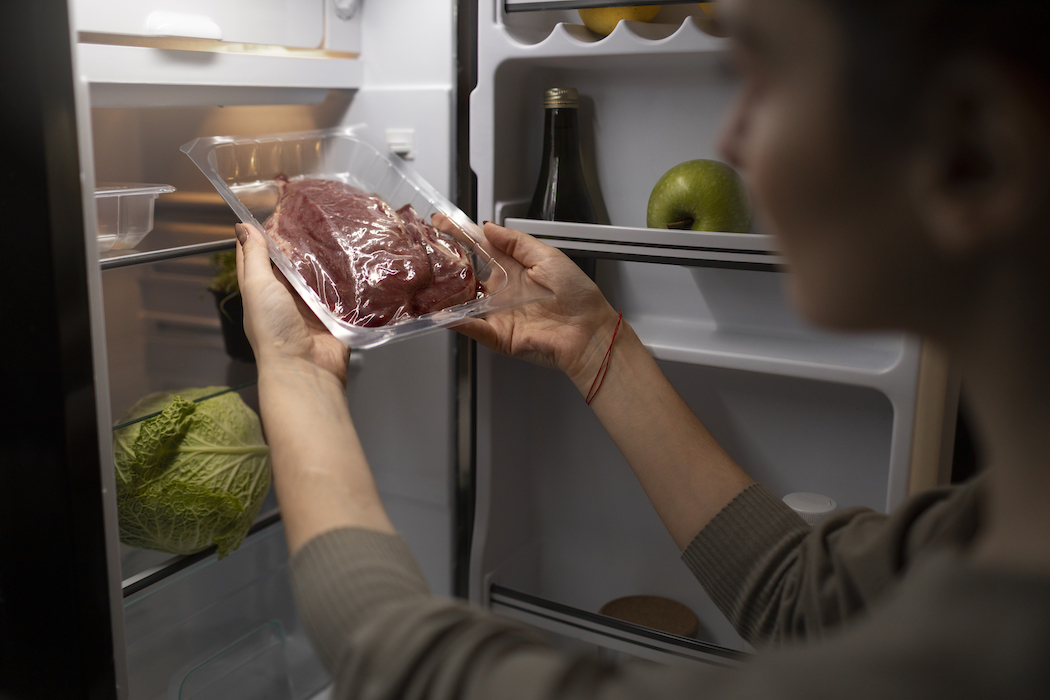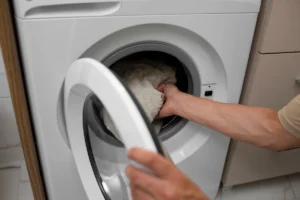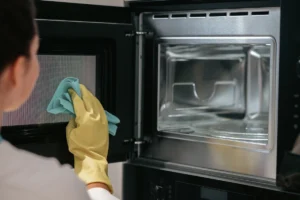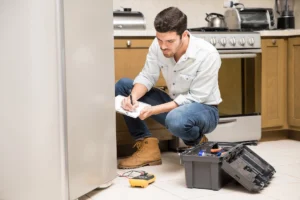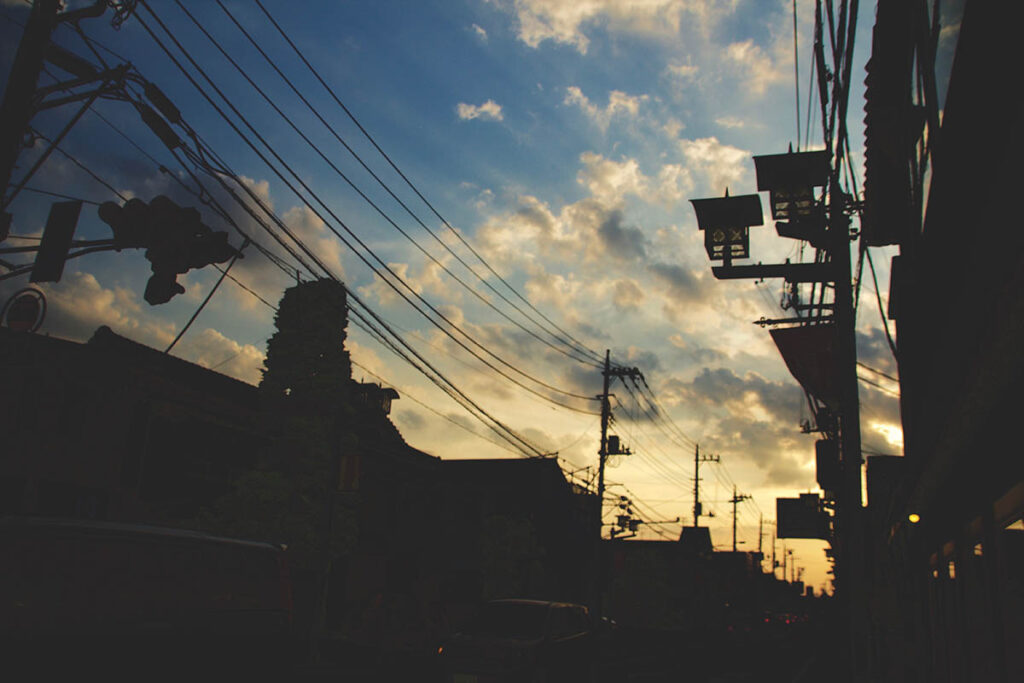
How Should You Deal with a Power Outage in Your Kitchen?
Power outages happen all the time due to accidents and weather disturbances, particularly in places like the Philippines where rough or unpredictable weather is becoming increasingly common. While you can’t always anticipate when a blackout will occur, some careful preparation can help keep you and your loved ones safe and well looked after until your electricity returns.
Having sufficient stores of sanitary food and water is crucial for making it through an extended power outage comfortably. It’s always good to familiarize yourself with how long food lasts, what equipment and supplies to keep on hand, and other emergency preparedness advice. The next time you and your family find yourselves in the dark unexpectedly, the following expert tips can help you maintain a safe and functional kitchen.
Have Emergency Equipment on Hand
Devices like gas stoves and portable generators can help you function close to normal in the event of a long power outage. Depending on the amount of electricity needed, a portable generator may be able to power appliances like chest freezers and refrigerators in an emergency. A gas range, meanwhile, will enable you to cook proper meals without electricity. Just make sure to check the gas pipes for any evidence of damage before turning your range on, and refrain from using any cooking method requiring a flame if you spot even the slightest evidence of a gas leak.
It also doesn’t hurt to have supplies on hand that will help keep your food cool manually. Large coolers are ideal for this purpose. You should also have a digital kitchen thermometer ready to check your food’s internal temperature so you can be sure that it is safe for consumption.
Buy Dry Ice
If the power outage in your area is expected to last for multiple days, consider purchasing dry ice. Dry ice is the best way to keep your food cold in a refrigerator that has lost power. How much dry ice you should buy will naturally depend on how big your fridge or freezer is and how long you expect the outage to last. For example, 25 pounds of dry ice can keep the contents of a full 10 cubic foot freezer safe for 3–4 days. The same amount is good for 2-3 days if the freezer is half full.
When handling dry ice, make sure the chunks are wrapped in newspaper and that they don’t directly touch your skin or any food. Upright freezers will require one block of ice per shelf. The carbon dioxide gas that the dry ice emits will also need a place to escape, so do keep your kitchen doors and windows open for better ventilation.
Eat Food from the Fridge First
In general, food stored in your fridge and freezer will stay fresh for approximately 24 hours, provided that you only open the doors when absolutely necessary. Consume perishable foods like meat, fish, poultry, eggs, and cooked leftovers first, then move on to food from the freezer. Foods with an internal temperature of 4 degrees Celsius or lower will be safe to eat, so use your kitchen thermometer to check before eating. For longer power outages that may last several days, preparing a cooler with ice for your freezer items is best for preserving their quality.
Stock Up on Non-Perishable Foods
Whether or not you live in a disaster-prone area, it’s best to have a few days’ worth of non-perishable food stocked away in your home. If a power outage or other emergency happens, people will be rushing to grocery stores and supermarkets to stock up on food. Not only will you have a difficult time navigating the stores in the midst of this panic-buying, but you may also find many of the shelves empty by the time you arrive.
Non-perishable foods like peanut butter, cereals, granola bars, crackers, and other similar food items will help you and your family get through a few days without power. If you don’t have access to an alternative means of cooking, such as a gas stove or an outside grill, foods that don’t require any heating are the best. Be sure to keep a manual can opener on hand if you’re going to be stocking canned goods like processed meats, canned vegetables, and others.
Be Prepared to Clear Your Fridge If Necessary
While sudden blackouts can be frustrating, there’s no need to fear for your food during power outages that last around two hours or less. Just keep your refrigerator and freezer doors closed, and their built-in insulation should be more than enough to protect your food for a short time.
However, if you find that your freezer, fridge, or cooler has been sitting at internal temperatures of 4 degrees Celsius or higher for longer than 2 hours, you’re going to have to start throwing food out. At these temperatures, perishable foods can’t be considered safe to eat any longer. If you’re unsure that a particular food is safe to consume, it’s better to throw it out than risk consuming or feeding your family spoiled food.
At the end of the day, preparation and presence of mind can get your household through a power outage with minimal concern. It’s best to stock up on emergency supplies and familiarize yourself with the rules of food safety to ensure that you and your family consume only sanitary and healthy food during power outages.
Related Products
- Sold Out25% Off
 [wc-ps tag="span"]Compare
[wc-ps tag="span"]Compare- Vegetable Room for Freshness
- Ag+ Bio Deodorizer
- Storage Tray Cooling
- Adjustable Door Pocket
- Convenient 12 Liter Capacity to Keep Food’s Freshness
Original price was: ₱23,995.00.₱17,997.00Current price is: ₱17,997.00.Refrigerator Capacity : 6cu ft. - 8.9cu ft.Refrigerator Technology : No FrostOther Technology : Inverter

